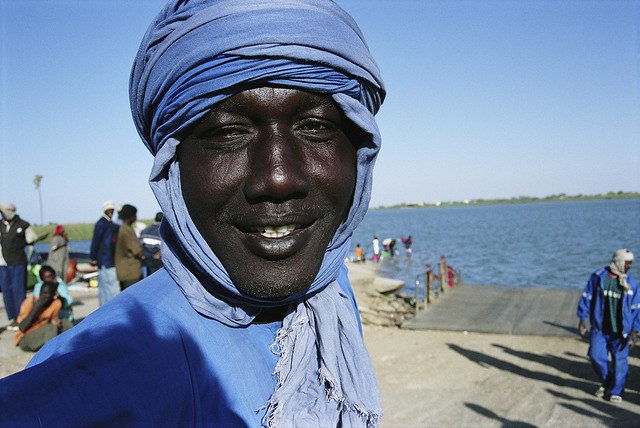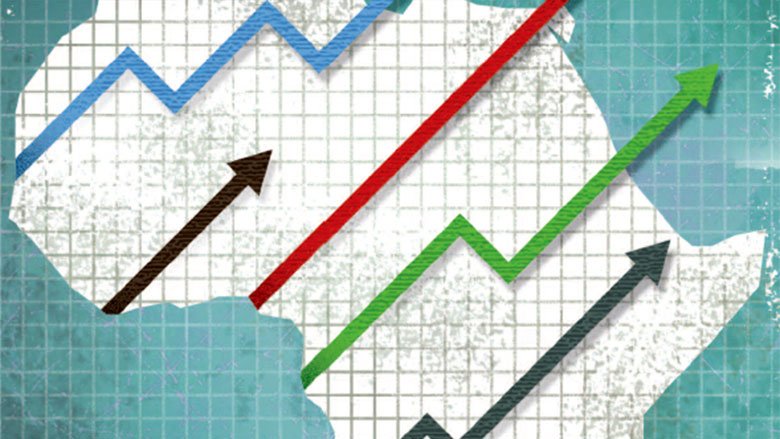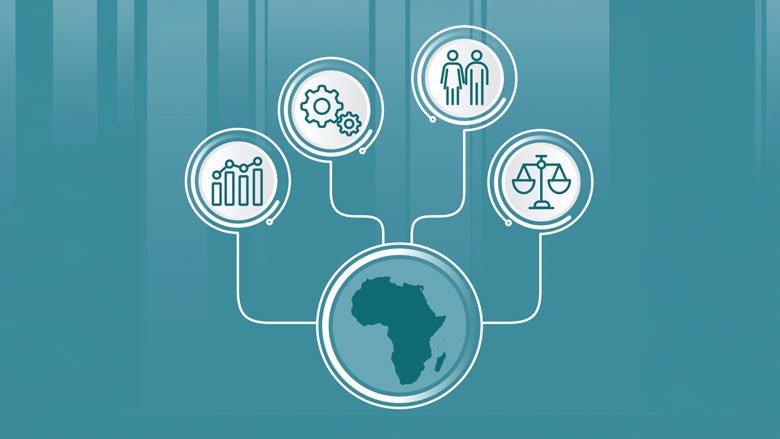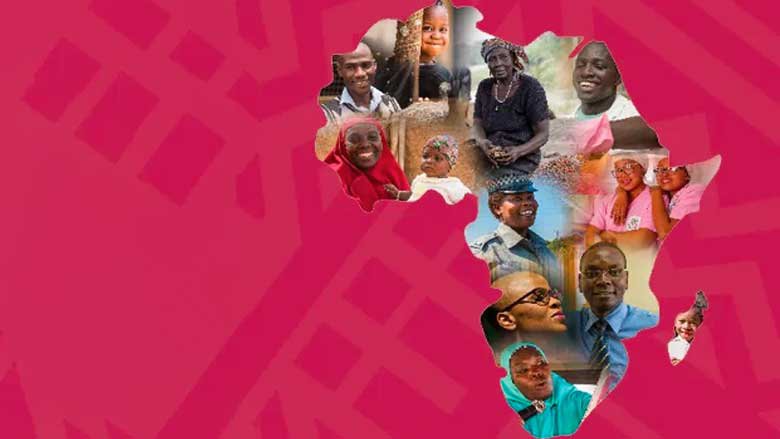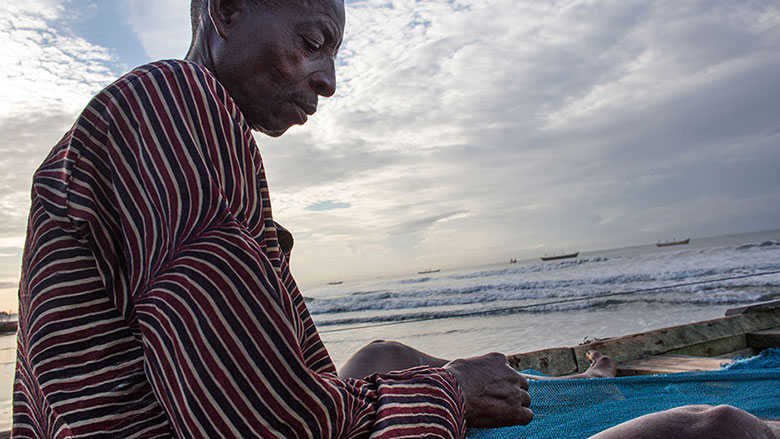Zimbabwe has strong foundations for accelerating future economic growth and improving living standards. Private sector-led growth is critical to maximize the country’s potential. For decades after independence, Zimbabwe was one of the countries with the highest living standards in Africa—buttressed by a skilled workforce and infrastructure superior to most countries. Notwithstanding its economic decline since 1995, it continues to boast several sectors that are still competitive or could—in the short to medium term—be competitive regionally and globally. The recently completed Country Private Sector Diagnostic finds Zimbabwe highly competitive in several value chains in agriculture and agribusiness industries, including sugar, cotton, horticulture, and meat and dairy. Furthermore, tourism and mining of energy transition minerals –including ample lithium reserves – hold significant potential in the short term.
To realize this potential fully, Zimbabwe needs to find new ways to capitalize on existing and emerging opportunities for the private sector to drive economic growth and harness the country’s comparative advantages, including its relatively strong human capital, comparable to that of upper-middle-income economies in Sub-Saharan Africa, and its abundant mineral and natural resources.
Economic context
Zimbabwe’s economic development continues to be hampered by several challenges. Real GDP is estimated to have grown by 5.5% in 2023, after a 6.5% growth in 2022, due to an expansion in agriculture, mining, and remittances-induced services growth. Nevertheless, macroeconomic volatility fueled by monetary instability and substantial exchange rate distortions keeps Zimbabwe’s economic activity below its potential.
Inflationary pressures remain high in 2024 as local currency depreciation intensifies. In February 2024, annual inflation increased for the fourth consecutive month, reflecting the sharp depreciation of the local currency at both the official and parallel foreign exchange markets. Annual inflation increased from 26.5% in December 2023 to 47.6% in February 2024. The official exchange rate depreciated by 788% in 2023, with the parallel market premium estimated at 30% as of February 2024.
Fiscal pressures increased in 2023 ahead of national elections and the transfer of the Reserve Bank of Zimbabwe’s (RBZ) external liabilities to the treasury. The government increased civil servants’ salaries in foreign and local currency. The Treasury took over the servicing of debt of $1.8 billion in external liabilities from RBZ. Meanwhile, some of the revenue proposals in the 2024 budget have been reversed, casting doubt on the credibility of the budget. Nevertheless, the implemented taxes, like the sugar tax, have led to increased prices. The current account surplus narrowed in 2023 as remittances from non-governmental organizations contracted.
Real GDP growth is projected to slow further to 3.3% in 2024, partly reflecting the impact of structural bottlenecks, macroeconomic instability (high inflation and severe exchange rate volatility), an El Niño-related drought, and lower commodity prices. El-Nino-induced drought will affect most rain-fed crops and may intensify electricity supply shortages. Nevertheless, continued increases in remittances will help to stimulate growth in services (wholesale and retail trade) and construction. Inflationary pressures will intensify in 2024, given drought conditions and domestic tax increases. The fiscal deficit will increase in 2024, driven by high-interest payments on external debt, drought mitigation-related spending, wage pressures, and the reversal of several budget revenue measures. The fiscal deficit is projected to reach 2.5% of GDP in 2024 before slowing to under 2% in the medium term. The current account surplus is expected to shrink further, reflecting increased imports in the face of drought conditions and lower commodity prices.
Key Developmental Challenges
Although extreme poverty has declined since its peak in 2020, it remains high in the context of cyclical agricultural production and elevated food prices. Persistent inflation, high dependence on low-productivity agriculture, slow structural transformation, and intermittent shocks like drought, natural disasters, and the COVID-19 pandemic have contributed to the high rate of poverty and vulnerability in Zimbabwe. High, unsustainable debt and arrears to international financial institutions (IFIs) limit fiscal space and growth potential.
Last Updated: Apr 09, 2024




